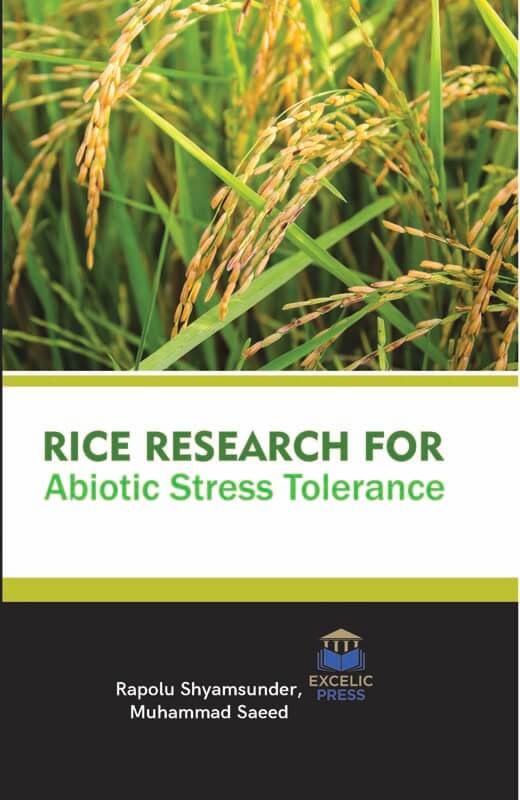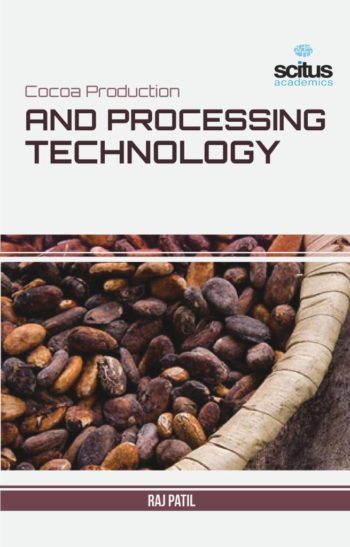A projected increase in the human population demands a proportional increase in the food supply. This demand for increased food supply can be fulfilled only if we utilize all available land resources to their full potential. Agriculture production is diminished principally because of biotic and abiotic anxieties. Abiotic anxiety is one of the main considerations which adversely influence the yield development and gainfulness around the world. The major abiotic stresses incorporate drought and Salinity. So there is a need to create rice assortments with anxiety tolerant that can withstand dry season and salt. Rice is the main staple food for one-third of people worldwide, providing up to 80% of these individuals’ daily calories. However, rice is taken into account one amongst the foremost drought-susceptible plant’s thanks to its tiny rootage, skinny cuticle wax, and swift stomatal closure. it’s the farming product with the third-most noteworthy overall creation, once sugarcane and maize. Rice development is well suited to nations with low work expenses and high rainfall as it obliges a lot of water.
This book covers state of the art research on abiotic stresses including heat stress, drought, salinity, heavy metal, nutrient deficiency, and toxicity stresses. Development of warmth stress-tolerant varieties is one in all the simplest ways to keep up its productivity. However, heat stress tolerance may be a multigenic attribute and also the candidate genes are poorly notable. Therefore, this book is aimed to identify quantitative trait loci (QTL) for vegetative stage tolerance to heat stress in rice and the corresponding candidate genes. Drought stress is one of the major environmental factors limiting rice production. Different types of environmental stresses, like high irradiance, high temperatures, nutrient deficiencies, and toxicities, could challenge crops simultaneously; thus, breeding for drought tolerance is extremely difficult. This book discusses the newest advances in plant physiology for the exact phenotyping of plant responses to drought to update methods of analyzing drought tolerance in rice. Thus, it’ll be a valuable resource for planning future analysis endeavors to genetically characterize salt tolerance mechanisms and develop salt-tolerant rice cultivars. it’ll conjointly facilitate molecular breeding efforts for screening rice germplasm for salinity tolerance. Plants scientists and breeders will learn how to further alleviate plant responses and grow new crop varieties in the phase of changing climate.














Reviews
There are no reviews yet.